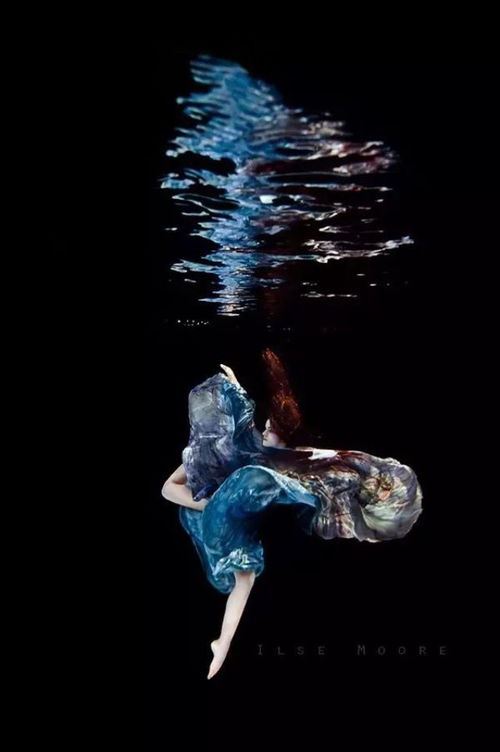Content:
Introduction: Yellow eels, known for their delicious taste and health benefits, are a popular catch among anglers. These elusive creatures often inhabit the depths of ponds, making them a bit of a challenge to fish for. However, with the right techniques and some patience, you can successfully reel in these tasty treats. In this article, we will explore the best methods and tips for catching yellow eels in ponds.
Choosing the Right Equipment To begin your yellow eel fishing adventure, it's crucial to have the right equipment. Here are some essential items you'll need:
a. Rod and Reel: A lightweight spinning rod with a medium to heavy power rating is ideal for yellow eel fishing. The reel should be a durable spinning reel with a smooth drag system.

b. Line: Use a monofilament line with a thickness of 10-15 pounds. This will provide enough strength to handle the eels' powerful struggles without snapping.
c. Hook: A size 6-8 offset or circle hook is suitable for yellow eels. These types of hooks are designed to prevent the eels from sliding off easily.
d. Bait: Live bait, such as earthworms, nightcrawlers, or leeches, is highly effective for attracting yellow eels. Alternatively, you can use artificial lures designed specifically for eel fishing.
Selecting the Right Location Finding the perfect spot in a pond is crucial for successful yellow eel fishing. Here are some tips to help you choose the right location:
a. Shallow Areas: Yellow eels often frequent shallow areas with dense vegetation, such as lily pads, reeds, or grass. These spots provide cover and food sources for the eels.
b. Edges: The edges of ponds, such as where the water meets the bank or where there is a drop-off, are prime spots for yellow eels. These areas offer a transition between deep and shallow water, making them ideal habitats for these creatures.
c. Water Flow: Eels are attracted to areas with gentle water flow. Look for spots where water is flowing slowly, such as the mouth of a stream or a culvert.
Mastering the Technique Once you've chosen the right location and set up your equipment, it's time to master the technique for catching yellow eels:
a. Bait Presentation: When fishing for yellow eels, it's important to present your bait in a natural and lifelike manner. Cast your line into the desired area and let it sink to the bottom. Then, gently twitch the bait in a realistic swimming motion to mimic the movements of potential prey.
b. Patience: Yellow eels are cautious and may take some time to bite. Be patient and wait for a solid hookset. Once you feel a tap or a pull on the line, set the hook firmly and allow the eel to take the bait.
c. Reeling In: Once you've hooked a yellow eel, it's important to maintain control and prevent the eel from getting tangled. Reel in the line slowly and steadily, allowing the eel to tire itself out before bringing it to the surface.
Safety and Ethical Considerations When fishing for yellow eels, it's essential to practice safety and ethical fishing:
a. Use a Paddle: When reeling in a yellow eel, use a paddle to help guide the eel to the surface. This will prevent the eel from escaping and ensure a safe release.
b. Be Mindful of Other Fish: When selecting a fishing spot, be mindful of other fish species that may be present. Avoid areas where there is a high concentration of other fish, as yellow eels may be less likely to bite.
Conclusion: Catching yellow eels in ponds can be a rewarding and enjoyable fishing experience. By using the right equipment, selecting the perfect location, mastering the technique, and practicing safety and ethics, you'll be well on your way to a successful yellow eel fishing adventure. Remember to have patience and enjoy the process, as the thrill of the catch is often well worth the wait. Happy fishing!












